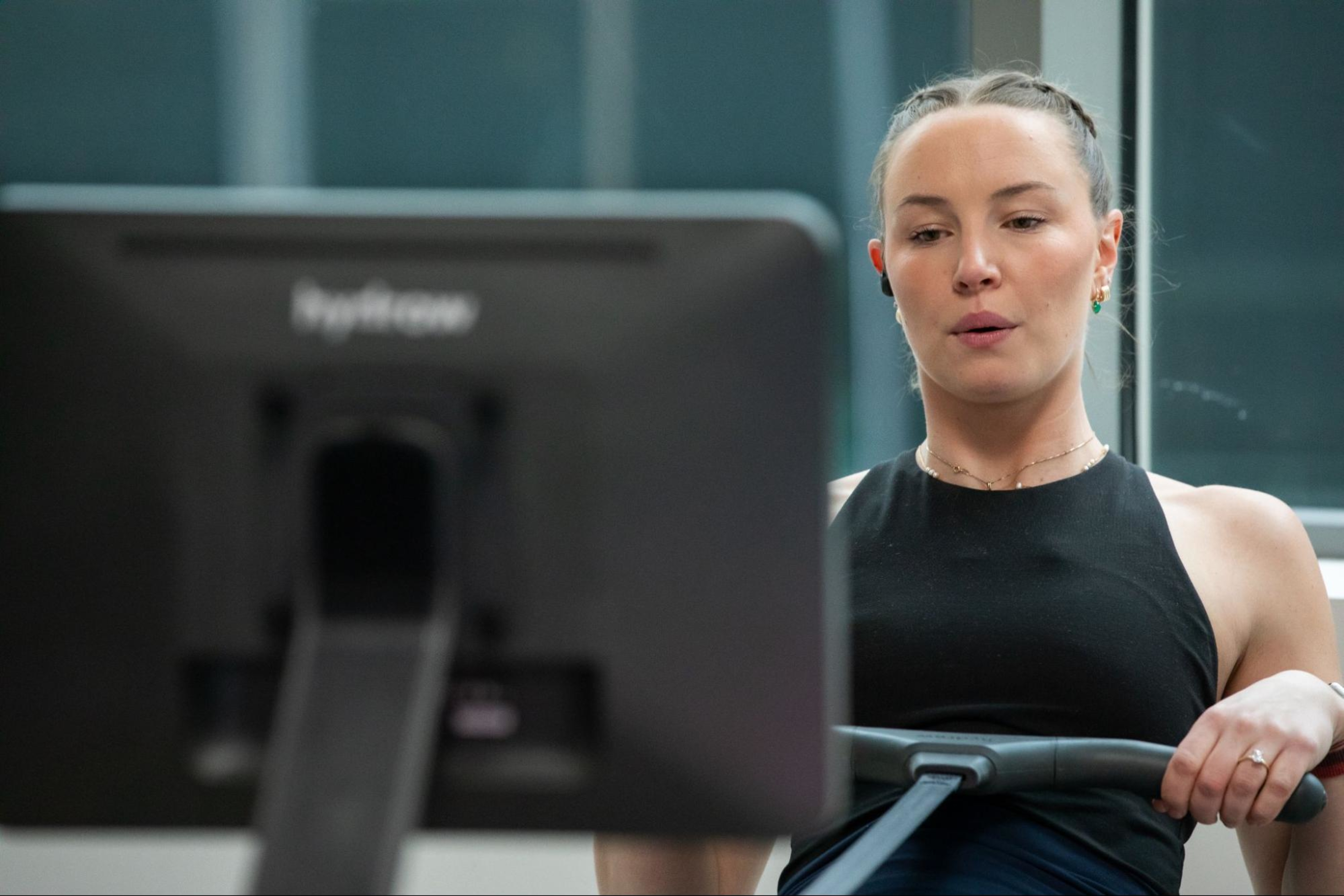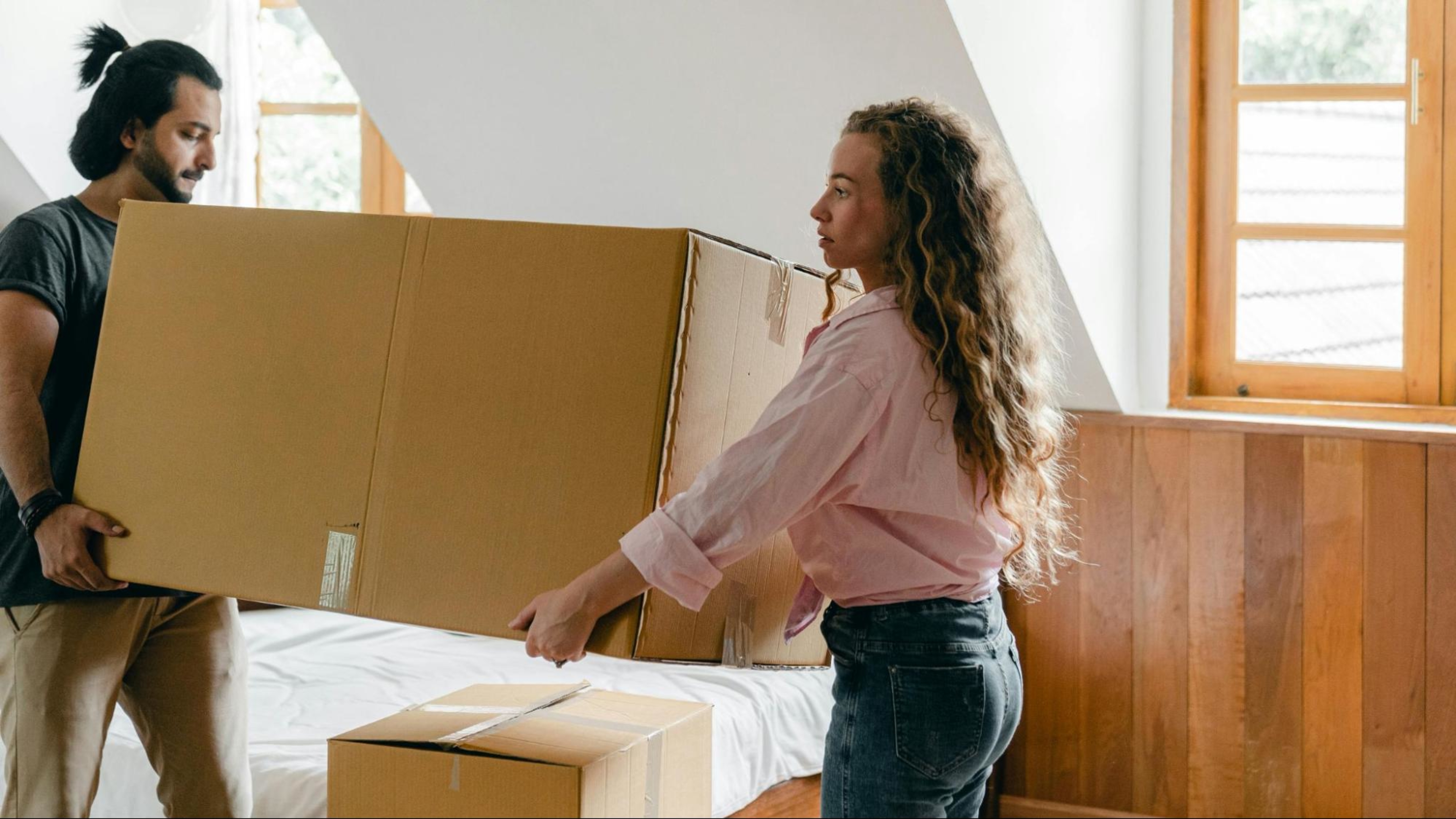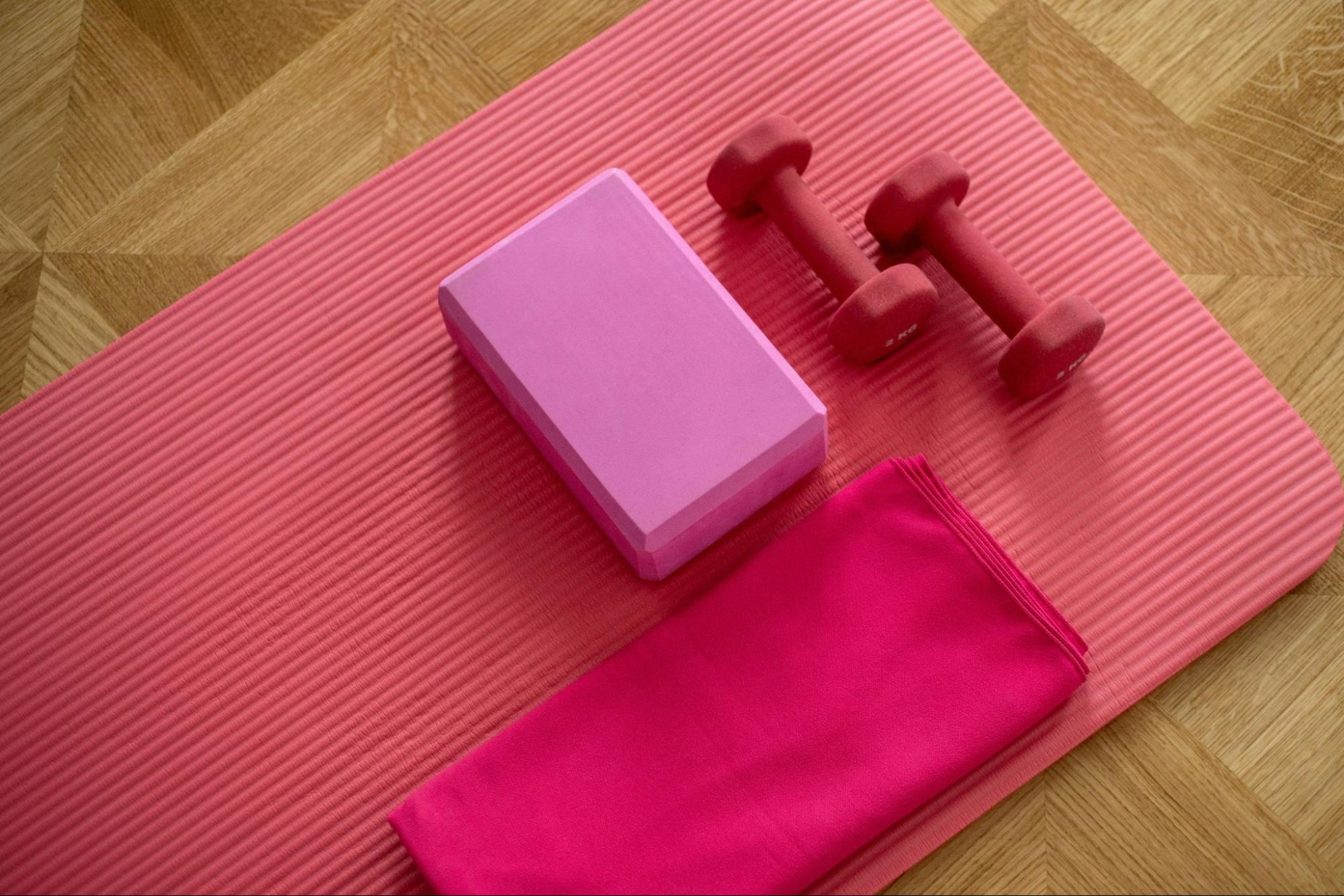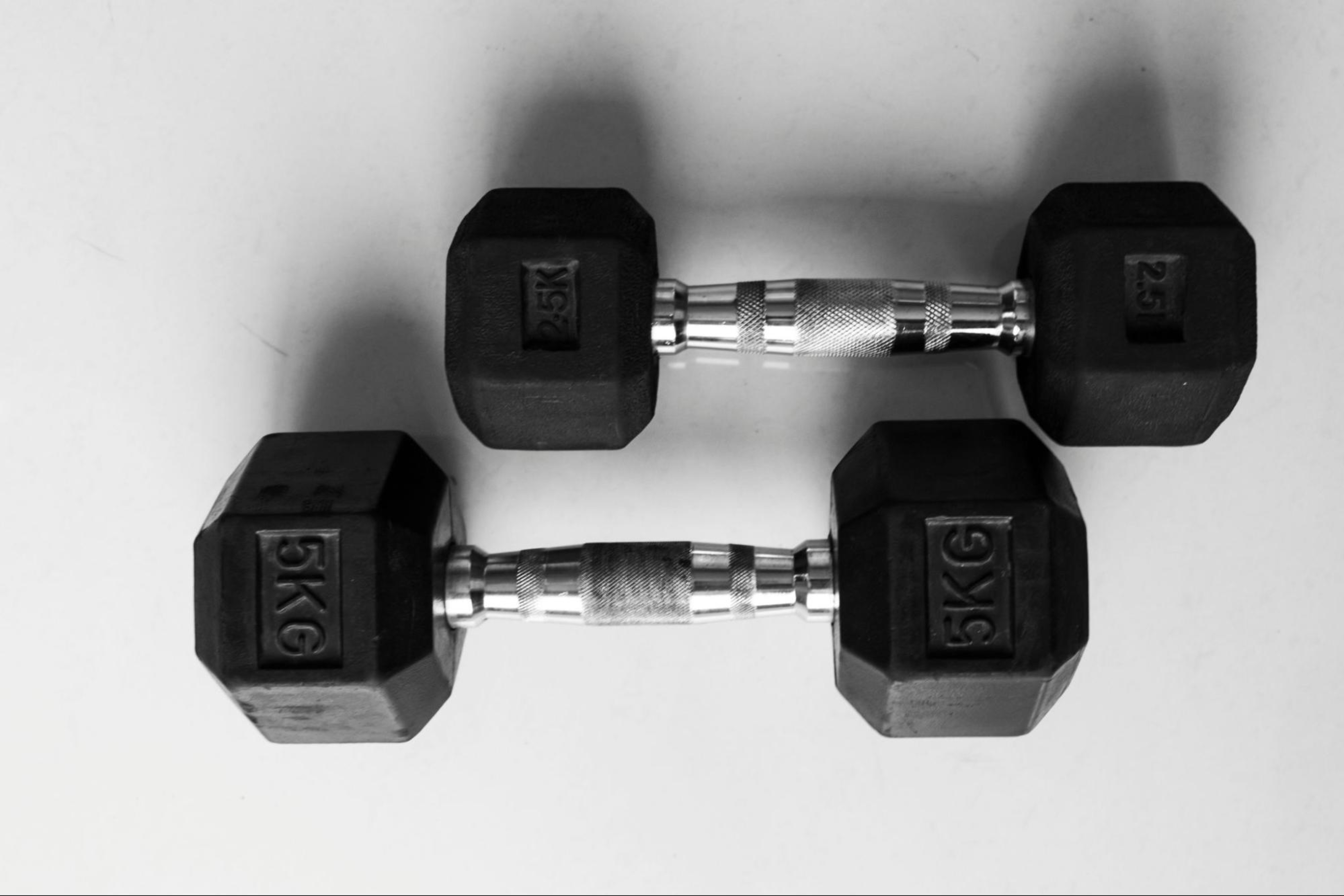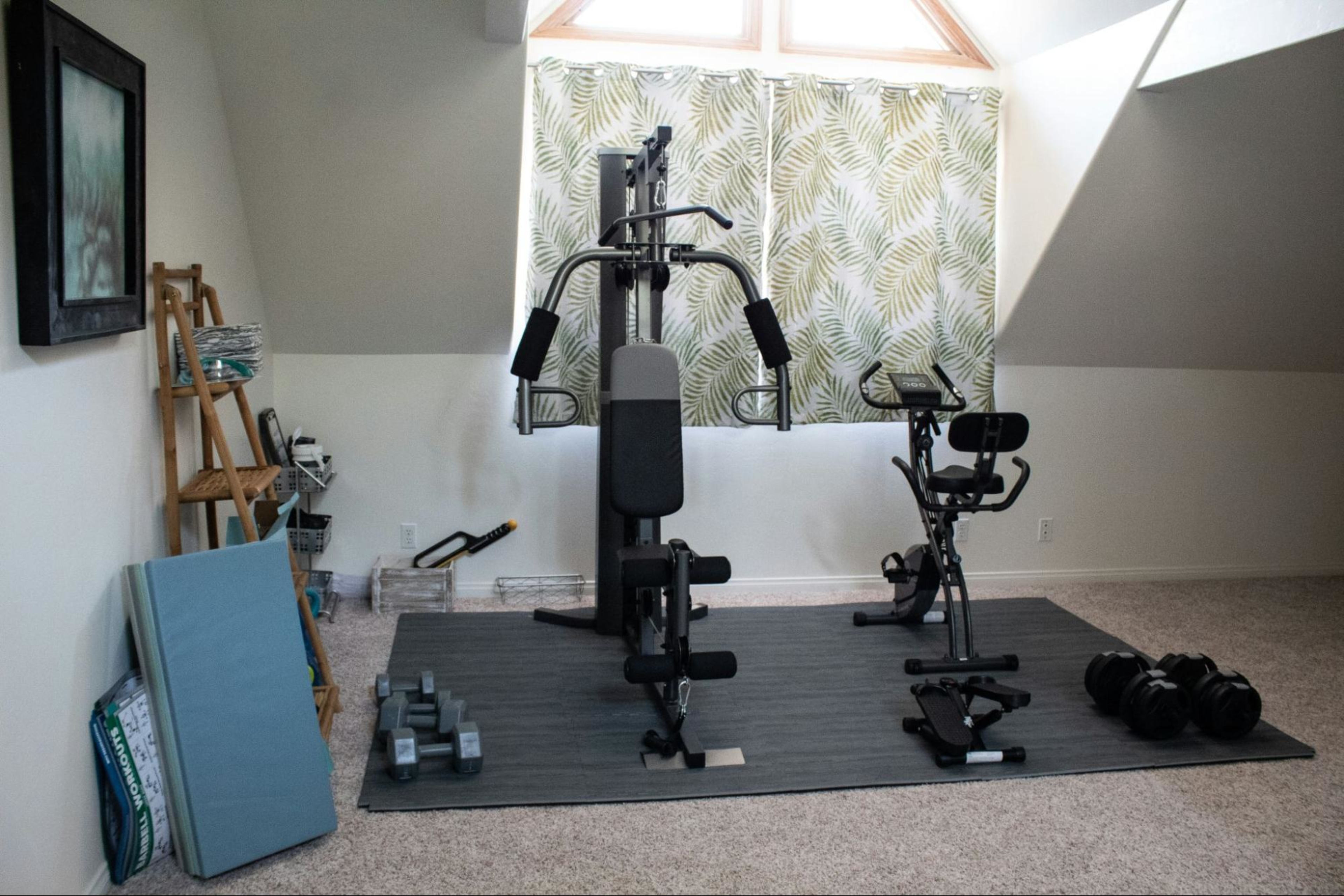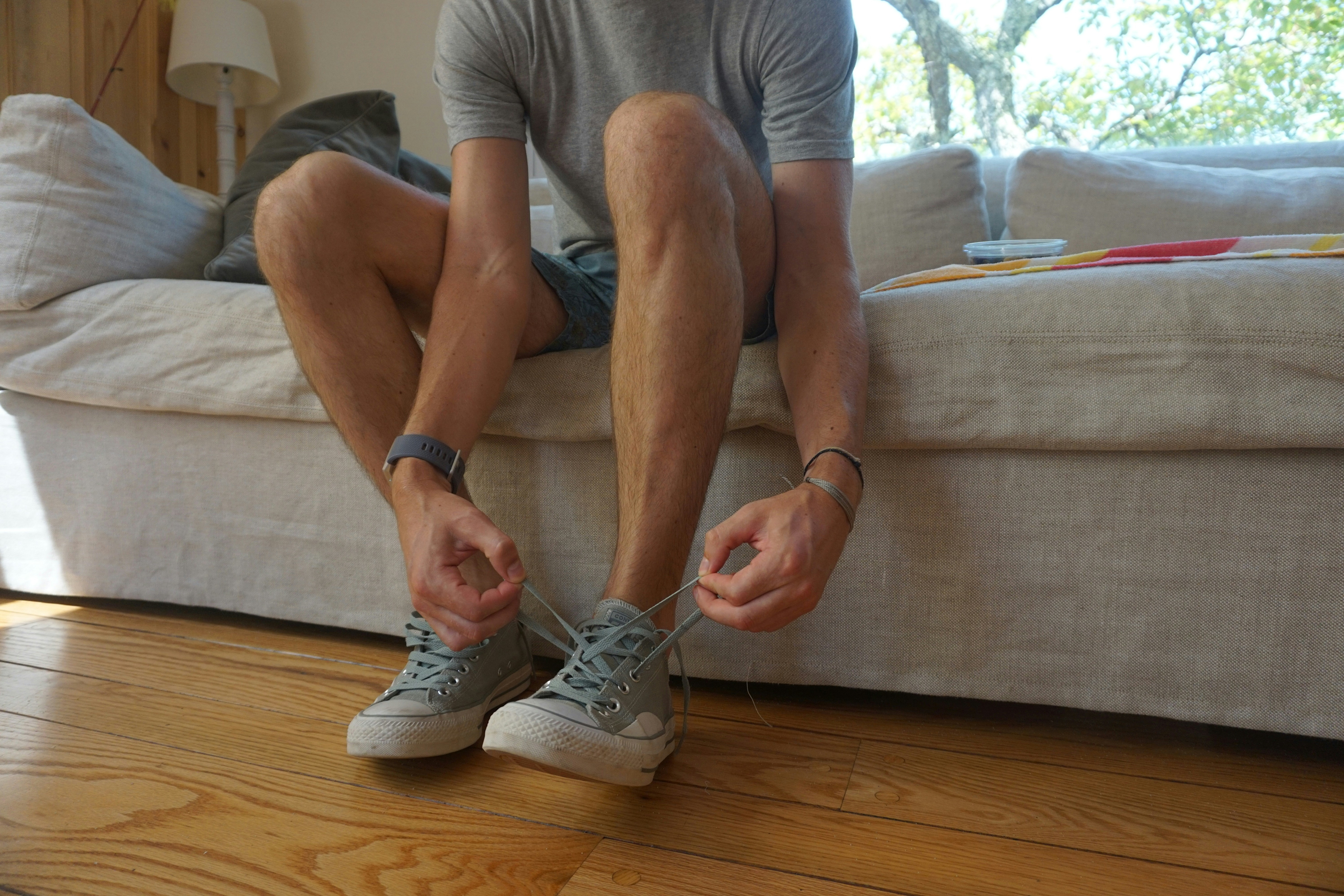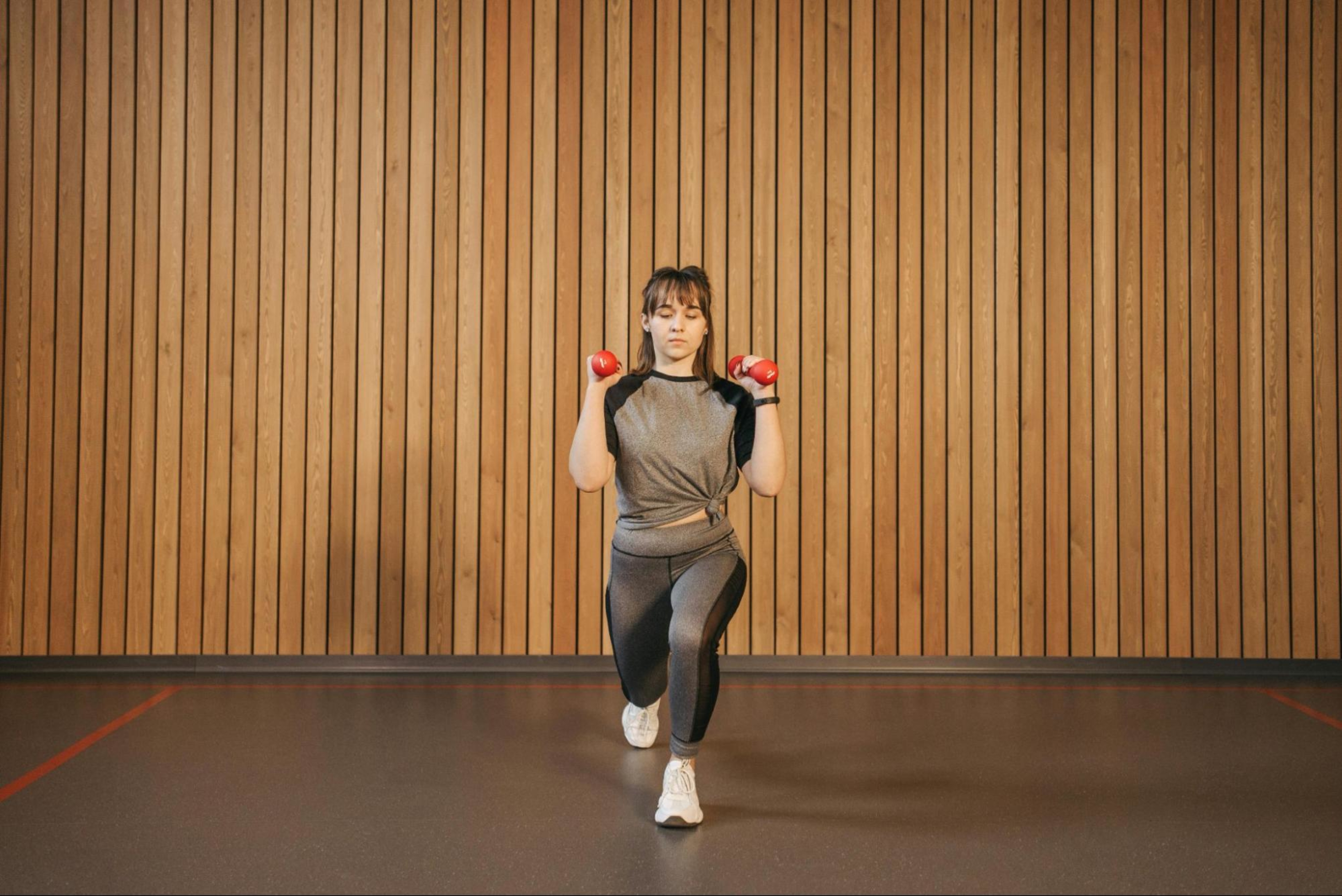How Much Does a Home Gym Cost in 2024?
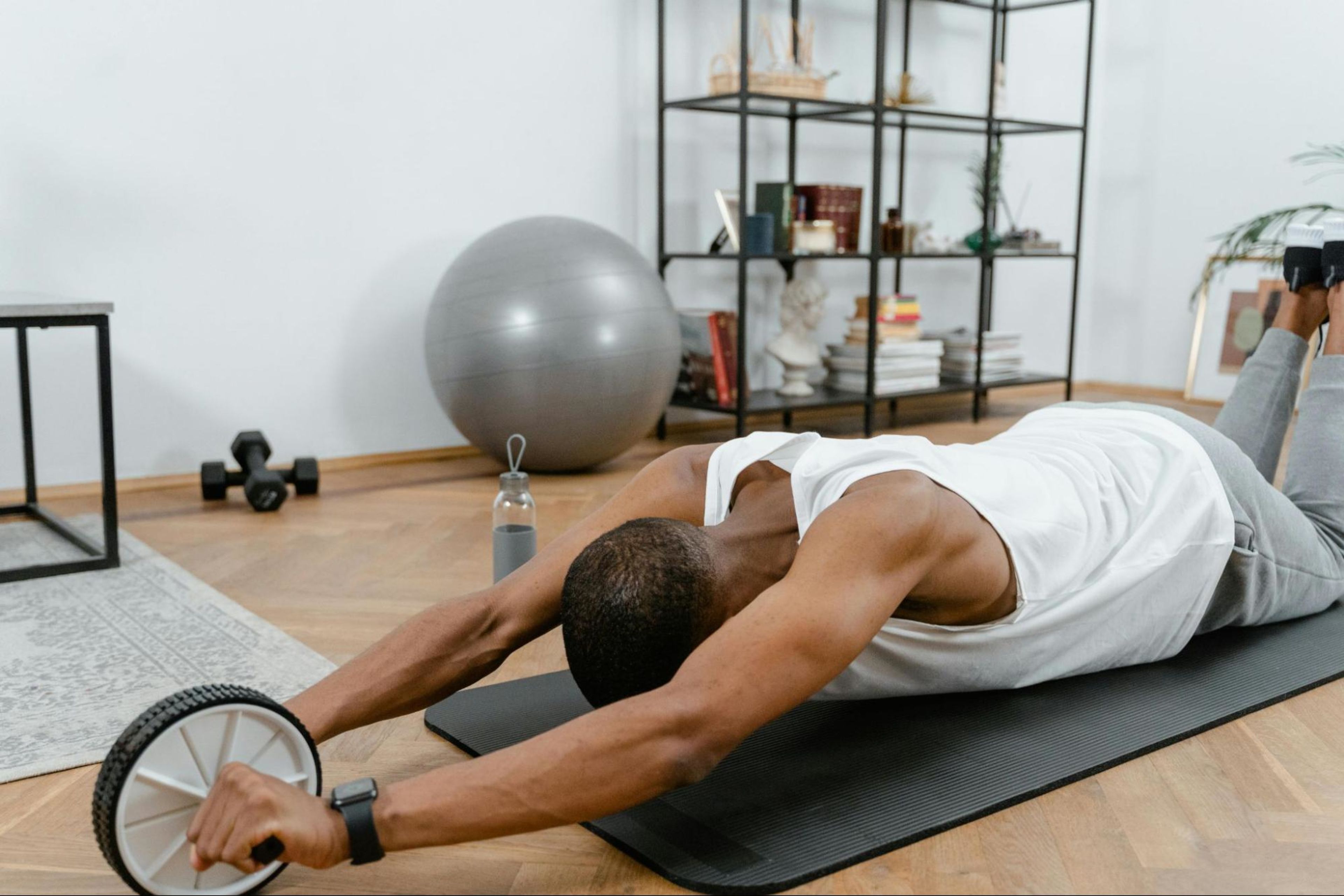
So, you’ve decided to build a home gym for the convenience, cost savings, and the ability to personalize the space to your exact needs and goals. As you get started with creating your home gym, you’ll have to consider the room you have available and the cost of outfitting your gym.
The financial investment for a home gym can vary widely depending on what you want to do with the space, your personal preferences, and the type of equipment you want.
In this blog, we’ll discuss:
Let’s get started!
How much does it cost to build a home gym?
A home gym can be a significant hit to your wallet, if you let it. But it certainly doesn’t have to be if you plan well. You can set up a home gym for as little as $300, or maybe even less with some savvy tips and thoughtful strategies. A home gym covers a wide range of setups, from a serene yoga studio to a full weightlifting or CrossFit-style gym, so your cost can span a range of anywhere from $300 or less to $5,000 or more.
You can start a home gym at the low end of this cost range with basics like a yoga mat, resistance bands, and a couple of kettlebells or sets of dumbbells. A higher-end home gym might include more strength training equipment and cardio machines.
Machines like a rowing machine, treadmill, or stationary bike can cost anywhere from $500 to upwards of $4,000 and can be a significant contributor to the overall cost of your gym. However, the long-term benefit of having this kind of machine at your disposal at home will far outlast the initial price.
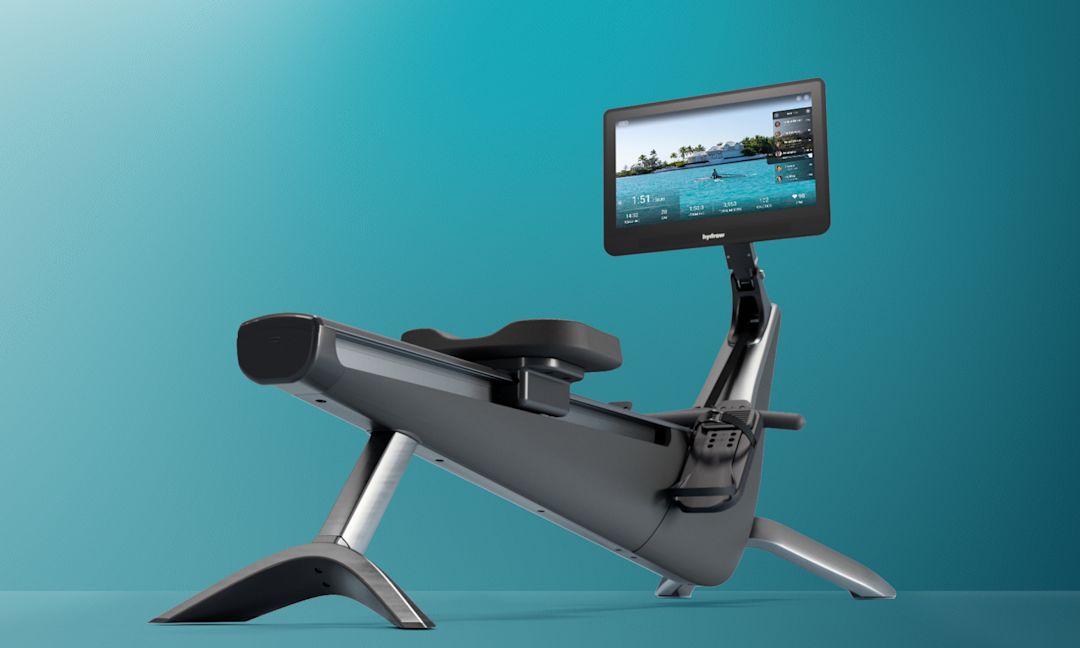
Holiday savings are here
Bring home our award-winning rowers at the best prices of the year.
What factors affect how much a home gym costs?
Many things can go into the process of building a home gym. And you’ll need to consider several factors when planning and building your space. Think about things like:
Room size and layout
Personal fitness goals
Equipment needs
Installation and setup
Maintenance and repairs
1. Room size and layout
An exercise mat and resistance bands can be tucked into a closet when not in use, whereas a treadmill, rowing machine, weight bench and other strength training equipment can take up significant space. You may need to rearrange spaces in your house to accommodate your needs. Larger spaces may require modifications like flooring, lighting, or ventilation that will add to your budget.
2. Personal fitness goals
Your personal goals will be one of the biggest factors in your home gym budget. The goals you have (and the goals of others in your house if they plan to use the home gym, too) will determine the types of equipment you need, which will then determine some of your costs.
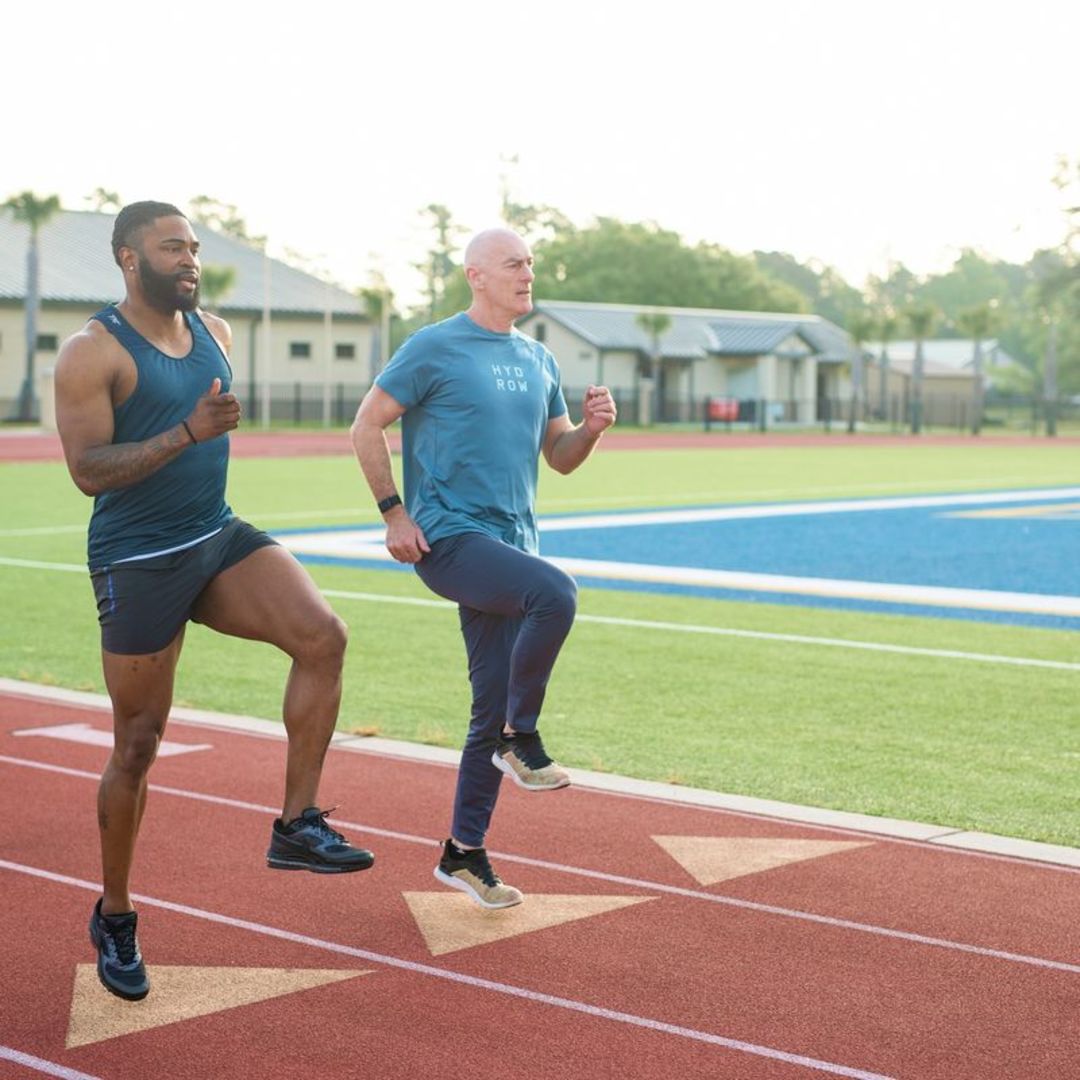
What’s your workout style?
Take our quiz and get a customized 14-day training program.
3. Equipment needs
The equipment you need to work toward your goals will help you define your budget. After clarifying your goals, figure out what you need and how, and if, each item will fit into your overall cost.
4. Installation and setup
If you’ve decided on large or complex equipment such as a treadmill, squat rack, or universal weight machine, you may want or need professional setup or installation. The cost of that will need to be factored in. Even if you choose to assemble equipment yourself, you may need tools, other supplies, or a helper that you will need to account for in your bottom line.
5. Maintenance and repairs
Don’t forget to consider ongoing maintenance of your space and equipment once you have everything set up. Basic equipment like a yoga mat or dumbbells will only need regular cleaning and proper storage to last a long time, while equipment with moving parts or built-in electronics may require more focused maintenance.
Essential components of a home gym
As mentioned before, the components of your home gym are going to be dictated by your personal preferences and goals. But most home gyms for general fitness will include some form of the following:
Cardio equipment
Strength training equipment
Flexibility and recovery tools
1. Cardio equipment
You can get a cardiovascular workout with something as simple as a jump rope or as sophisticated as a rowing machine. Treadmills, stationary bikes, or even a fitness trampoline can help you reach your cardio goals, too.
2. Strength training equipment
Just like with cardio equipment, you have a wide range here. You can create a strength-building program with resistance bands or bodyweight exercises or get more advanced with kettlebells, dumbbells, barbells and weight plates, benches, or a universal cable machine.
3. Flexibility and recovery tools
Items like a foam roller or stretching strap are pretty inexpensive, but some recovery tools like a massage gun or sauna blanket are more of an investment. And don’t overlook this category of equipment, because recovery is essential.
How to calculate the cost of your home gym
The specific pieces of equipment you choose in each category will ultimately decide your final cost. To give you an idea of where to start, we’ll break down the average ranges of each type of equipment below, and note additional things that need to be included in your budget.
Equipment costs
Below is an average price range for some typical home gym equipment. You can always find deals and sales on most of these items. For cardio equipment, there are often manual versions that are significantly less expensive so if your budget is very tight, you’ll definitely want to look at those. Dumbbells are typically sold by weight so the more you need, the more you’ll spend.
Rowing machine: $300 – $2,000
Treadmill: $350 – $3,500
Elliptical machine: $700 – $2,000
Dumbbells or weight plates: $1 – $3 per pound
Barbell: $50 – $800
Weight bench: $190 – $600
Exercise mat: $20 – $80
Something else to consider is the overall quality of a product. Very often, less-expensive choices are less durable and made of lower-quality materials. Weigh the initial cost against how long the item will last before you have to repair or replace it. A slightly higher initial cost may be worth it to get better quality items that will last longer.
You can lower costs even further than average by buying second-hand equipment, but be careful that it’s in good shape before purchasing. If possible, try to inspect it for yourself so you can look for unusual wear and tear, broken, or missing parts.
Space prep costs
Exercise equipment isn’t the only thing you’ll need in your home gym space. Other things that will help make the space more inviting, like flooring or fans, need to be factored into your budget as well. These may not be essential but are nice to have if your budget allows. The cost of these types of items will be dependent on the overall size you need.
Mirrors: $50 – $400
Rubber flooring: $2 – $7 per square foot
Fans: $35 – $350
Additional costs
There’s one last thing to think about when budgeting for and setting up your home gym. These additional costs will vary so widely, it’s difficult to pin down a range until you know more specifically what items you’ll be buying. But it’s still important to include them in your budget.
Shipping and delivery: Shipping of your items will depend on size and weight and where the items are being shipped from. Sometimes large items have to come in multiple packages.
Installation and assembly: Assembly of a product can range from almost nothing for do-it-yourself items to professional installation that may require a scheduled appointment time.
Maintenance and repairs: Repairs can also vary greatly based on the type of equipment and how complicated the repair is or what parts are needed.
Home gyms for different budget ranges
A home gym will be as unique as the home it’s in and look different for everyone. It’s important to set up your home gym to suit your needs and budget. But to give you a starting point for various budget levels, here’s what you can expect to include in different styles of gyms.
1. Basic home gym
A basic home gym is best for those with limited space and a small budget. You can always start here and add on as appropriate. You can outfit a basic home gym for $50 to $500.
It might include:
A jump rope
Resistance bands
An exercise mat
A stability ball
Two to three sets of dumbbells
A weight bench
2. Mid-range all-purpose home gym
A mid-range gym will probably include a more advanced piece of cardio equipment, like a rower or stationary bike. You can build a mid-range gym for $500 to up to $4,000. A general fitness home gym could include:
A rowing machine
Adjustable weight bench
Kettlebells
Dumbbells
Barbell and weight plates
3. High-end or specialty gym
If you have a large budget or have lots of space that you can add equipment to over time, you can build a home gym that rivals a commercial space in its versatility. A high-end gym can cost $5,000 or more and could include:
A smart rower or treadmill, or even multiple pieces of cardio equipment
A multi-station cable machine
Squat rack with barbell and plates
A smart mirror or other home gym system
How to save money when building your home gym
Home gyms can get pretty pricey if you start adding a lot of fancy specialized equipment or high-end machines. But there are many ways to save some cash when you're building your perfect home gym no matter what level you’re starting at.
1. Prioritize equipment based on goals
As mentioned above, making sure the equipment you purchase works for the goals you have is important and helps to ensure you’re not wasting money. For example, if your goal is to build strength, a high-end Bluetooth-connected elliptical machine with all the bells and whistles is probably not a good use of your wallet.
2. Consider DIY or homemade equipment
If you’re handy and want to explore the idea of building some of your own equipment, there are lots of ways to DIY a home gym. With some wood and power tools, you can build benches, weight racks, plyometric boxes, or a pull-up bar.
Dumbbells and weight plates can also be made with concrete and simple molds. These will be bulkier than traditional dumbbells and plates, so consider their storage needs before proceeding with this project.
Even easier options are gallon jugs filled with water or sand, or a backpack full of books or other heavy objects. These make handy weights for strength activities. And running up and down your stairs is a challenging (and readily available!) cardio workout option.
3. Shop deals and sales
An easy way to save money on your home gym is to simply be patient while acquiring equipment. Rather than running out and buying something immediately, wait for items to go on sale. Or wait for coupons or special deals. December and January are usually great times to find good deals on exercise equipment. Holiday weekend sales throughout the year are another great option.
4. Shop for secondhand equipment
Exercise equipment manufacturers often sell refurbished items at significant discounts and will also offer some type of limited warranty with it. So even though it's a secondhand item, you can be reasonably sure it will last and be safe.
If you decide to look for exercise equipment at thrift stores or online yard sales or marketplace sites, be mindful to choose items carefully. You can get great deals this way but you’ll want to check it out in person, if possible, so you can see for yourself what kind of shape it’s in and if it has any missing or broken parts.
Ask the seller if they bought the piece new or used, and how often they used it. Also ask what type of maintenance it requires and try it out for yourself if you can. Double-check that any included safety features are working properly and if there is a user manual included.
5. Perform regular maintenance
Regular maintenance, even just a quick wipe-down after each use, will help prolong the life of your equipment, whether it’s brand new or bought secondhand. Keeping items in good working order keeps them functional and safe.
Wipe down yoga mats, bench seats, dumbbells, barbells, and other equipment handles after each use so sweat and dirt don’t accumulate. Regularly lubricate moving parts on things like treadmills and other equipment to prevent excessive wear and tear and keep them working the way they should.
Properly maintained equipment is also less likely to cause injuries when used correctly. Be sure to consult any equipment manuals for care and maintenance tips.
What are the benefits of creating a home gym?
It can be hard to decide if building a home gym is worth it. Will you use it enough? Will you save money? But there are plenty of benefits to creating and using a home gym for you and your family that make the initial investment well worth it.
1. You’ll save on membership fees
Monthly membership fees for commercial gyms can range anywhere from $10 per month to $200 per month or more. And that’s just for one person! It’s true that setting up a home gym will cost you more than your gym membership initially, but it will save you a lot in the long run, especially if your whole family makes use of the home setup.
2. It’s convenient
What could be more convenient than walking downstairs or out to the garage to exercise? You’ll save on commute time and won’t have to fight traffic or find parking. You won’t have to worry about using locker room showers, and you can exercise at any time of the day or night that suits you and your schedule.
3. It’s personalized
Your home gym will be built and stocked with exactly the types of equipment you want. And you won’t need to wait for another gym-goer to be finished with the dumbbells you need to use. You can blast your favorite music, or work out in silence. You can even exercise in your pajamas or barefoot if you want to!
4. It supports consistency
Having a dedicated workout space at home can have a positive impact on your consistency which, in turn, can help you reach your goals faster and make exercise more motivating and fun. Having an exercise space available every day around the clock makes it a no-brainer to work out regularly.
The options for a home gym setup are unlimited. While the initial cost may seem high, the benefits and long-term savings make it worth it. You have complete control over how much you spend on your home fitness equipment. Take your time setting up your space so you can get the most bang for your buck.
And when you’re ready for a high-quality piece of cardio equipment, be sure to consider Hydrow's rowing machines. Hydrow brings more than just equipment—it brings total-body results and intelligent training.
Each stroke works 86% of your muscles, delivering an efficient, immersive workout—and with real-time feedback and personalized scores, Hydrow helps you help you row smarter, build strength, and stay motivated. Just 20 minutes a day is all it takes to move with purpose, boost energy, and see results that last.
Hydrow’s workouts are led by world-class and Olympic Athletes and filmed on real water in beautiful locations around the world. Whether you’re rowing or cross-training with yoga, Pilates, strength, mobility, or circuit workouts, you’ll find movement that motivates—and keeps you coming back.
Ready to train smarter? Explore what Hydrow can do for you.

Real strength keeps moving
Learn how working out with Hydrow can help support a fuller, more active life.

